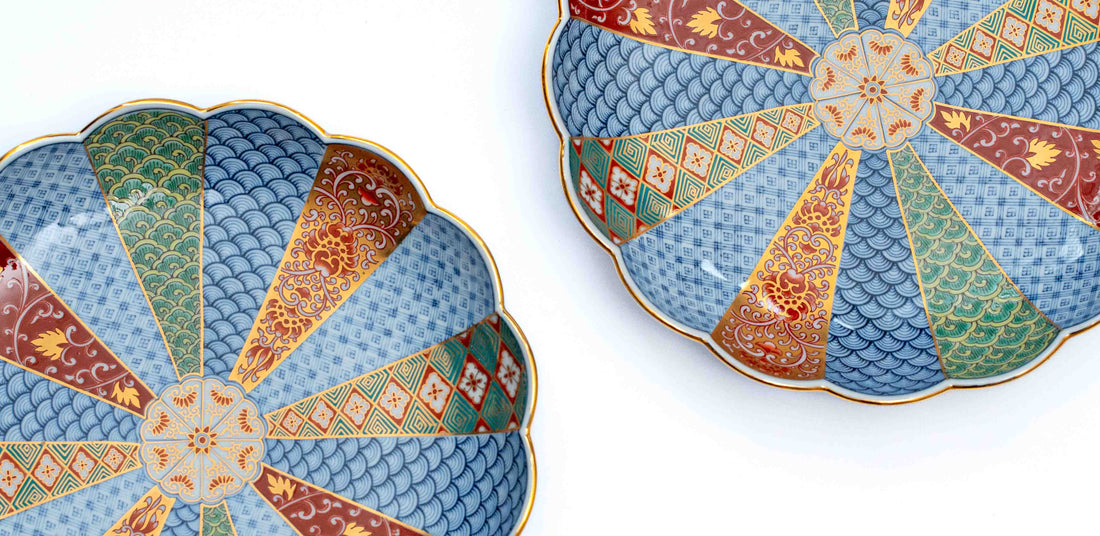Hasami ware, a cherished form of Japanese pottery, originates from Hasami, nestled in Nagasaki Prefecture. Characterized by its pristine white porcelain adorned with delicately painted blue glaze, Hasami ware is renowned for its simplicity and functionality.
The rich history of Hasami ware traces back over 400 years to the tumultuous period of the Imjin War (Japanese invasion of Korea) from 1592 to 1598. Yoshiaki Omura, the feudal lord of Hasami village (now Hasami town), played a pivotal role during this time. In 1599, Omura Yoshiaki brought Korean potter Yi Sam-Pyeong to Japan, initiating the construction of kilns and pottery centers in areas like Yamanita, Hatonohara, Furusaraya, and Hasami. Subsequently, the Omura Domain established a centralized office to oversee the production of Hasami porcelain.
Amidst the mid-17th-century civil unrest in China, which disrupted porcelain exports, the global gaze turned towards Japan, propelling Hasami's merchandise exports to new heights. Soon, Hasami porcelain gained widespread acclaim worldwide.
Notably, one of the most beloved Hasami ceramics during Japan's Edo period was the Kurawanka-wan. The name "kurawanka" traces back to ship-bound merchants aboard 'kurawanka' vessels, who would entice customers with offerings like "Mochi kurawanka? Sake kurawanka?" (Won't you buy some rice cakes? Wouldn't you buy some sake?) in the local dialect along the Yodo River. Originally used on these ships, Kurawanka bowls became popular due to their mass production and moderate pricing, making them accessible to civilians during a time when porcelain was considered a luxury. Manufacturers adapted the shape of Hasami porcelain to better suit the needs of the era, ensuring its enduring popularity and relevance.
Characteristics of Hasami Ware
Hasami ware has gained popularity among a diverse audience, including young people and creatives, due to its simple yet functional designs. Unlike many other types of pottery that boast distinct regional characteristics, Hasami
ware stands out for its lack of defining traits, a feature that has become its hallmark. In fact, the absence of rigid traditions or fixed production processes has allowed Hasami ware to continually evolve and adapt over time.
The Unique Production Process of Hasami Ware
A defining aspect of Hasami ware lies in its collaborative production approach within the town of Hasami, Nagasaki. Utilizing a highly efficient method of specialization, skilled artisans focus on specific stages of the creation cycle, ensuring the production of top-quality Hasami products on a large scale. The production process is meticulously divided into four phases: the "kataya" crafts the initial mortar shape, the "kijiya" prepares the porcelain clay, the "kamamoto" oversees the firing process, and the "uwaeya" handles the design and application of patterns onto the finished pieces. This division of labor, with each expert seamlessly managing their respective tasks, enables Hasami ware to be produced in significant quantities without compromising on quality.
HASAMI ceramic ware epitomizes versatility and practicality in its design. Many of its products serve multiple functions; for instance, lids can double as trays or plates. In the image above, we observe how a small Hasami ware plate enhances the minimalist aesthetic of a Yamanaka lacquer ware piece. This exemplifies the superb versatility of Hasami ware in action.

